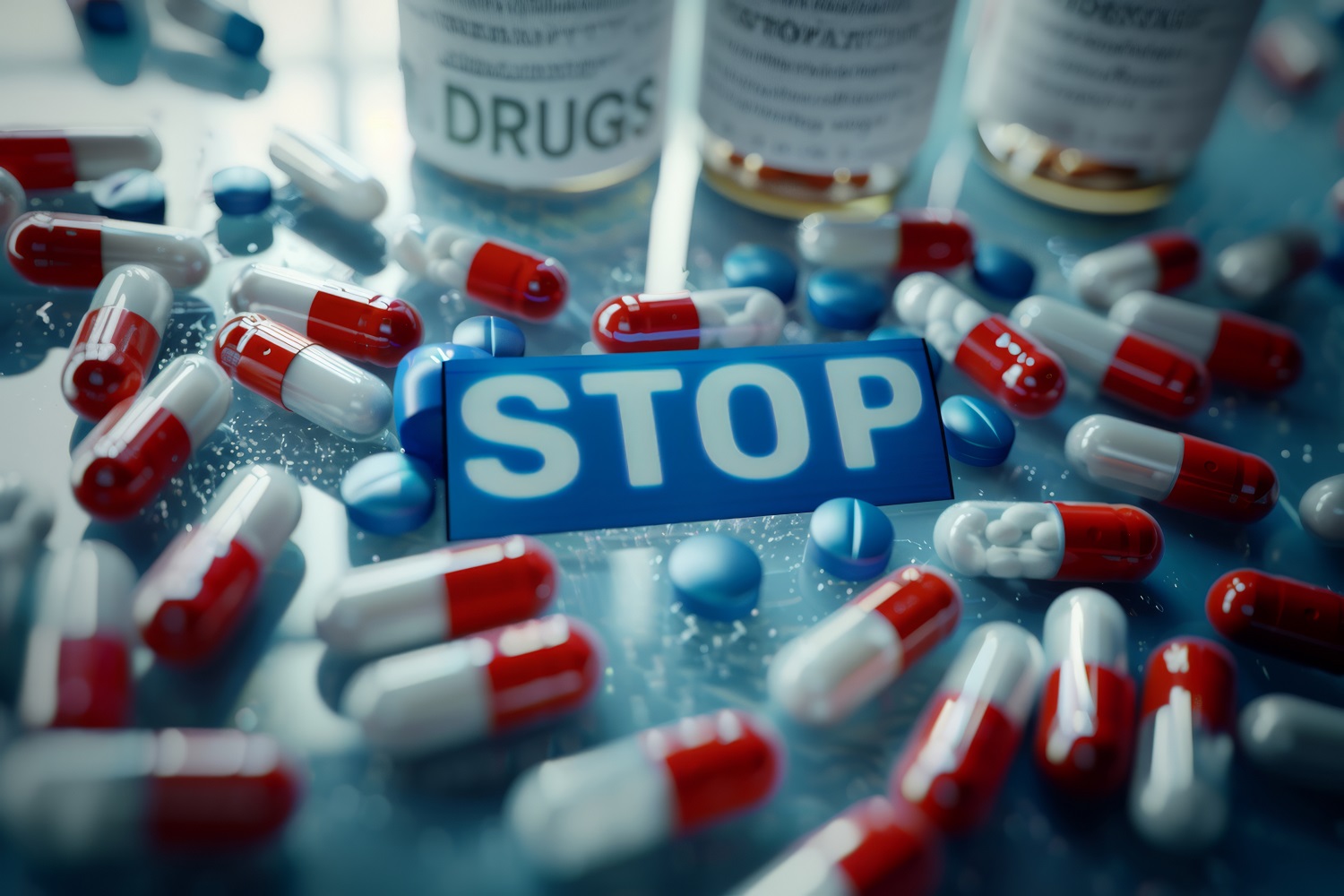Doping in sports, an update in Olympic year
Downloads

|
OPEN ACCESS: Artigo disponível/Article available/Artículo disponible - ASSINANTE/SUBSCRIBER: Artigo para Assinante do periódico/Article for Journal Subscriber/Artículo para suscriptores de este periódico - PAY-PER-VIEW: Compre o artigo e leia/Buy the article and read/Compra el artículo y lee - IMAGE: |
Keywords:
Sports Doping, Anti-Doping, Sports Medicine, Ergogenic Substance, Dopants, ergogenesisAbstract
Ergogenic resources are directly related to sports performance. From shoes, equipment, nutritional supplements to prohibited medications and methods that artificially improve performance. Part of the population believes that all, or most, Olympic medal-winning and world record-holding athletes use doping substances. There is truly a contingent of athletes, including many who are far from the podiums in competitions, who use it. However, the World Anti-Doping Agency (WADA) together with sports federations control and monitor the main athletes in competitions and during the training period, allowing little scope for illicit and unethical practices. Doping substances cause harm to health and sportsmanship, which is why the education and awareness of coaches and athletes, especially younger ones, must be continuous, recurring and persevering.
ARK
— 2024 OLYMPIKA MAGAZINE - VOLUME 2 ONLINE - Nº. 002: https://n2t.net/ark:/40019/oly.v2i2
— e002-14: ark:/40019/oly.v2i.14.g24
References
(1) Silva GC, Refundini LN, Oliveira DV, Marroni PCT, Nascimento Júnior JRA, Anversa ALB. Comparação da motivação para a prática esportiva de jovens atletas de atletismo em razão do sexo, tempo de prática e grupo de competição. Caderno de Educação Física e Esporte. 2022;20:e-25977. doi: http://dx.doi.org/10.36453/cefe.2022.25977
(2) Technische Universität Münichen. Doping definition. Read in: oct 30th, 2017. Disponível em: http://www.doping-prevention.com/doping-in-general/doping-definition.html
(3) Watson CJ, Stone GL, Overbeek DL, Chiba T, Burns MM. Performance-enhancing drugs and the Olympics. Journal of Internal Medicine. 2022;291(2):181-196. doi: http://dx.doi.org/10.1111/joim.13431
(4) Martins AN, Providello MV. Amostras biológicas usadas na detecção do doping químico e matrizes alternativas: um estudo comparativo. Revinter. 2023;16(2):5-25. doi: http://dx.doi.org/10.22280/revintervol16ed2.541
(5) Federation Internationale de Natation (FINA). FINA successful anti-doping testing programme – Tokyo Olympics, 2021. Disponível em: https://www.worldaquatics.com/news/2232245/fina-successful-anti-doping-testing-programme-tokyo-olympics
(6) Davis E, Loiacono R, Summers RJ. The rush to adrenaline: drugs in sports acting on the beta-adrenergic system. British Journal of Pharmacology. 2008;154(3):584-97. doi: http://dx.doi.org/10.1038/bjp.2008.164
(7) Federation Internationale de Natation (FINA). FINA and WADA, Working for the benefit of our athletes, 2018. Disponível em: https://learning.fina.org/fina-and-wada-working-for-the-benefit-of-our-athletes/
(8) Vecchioli D. Agência antidoping acaba com a farra dos suplementos contaminados. Autoridade Brasileira de Controle Antidoping. UOL, 2022. Disponível em: https://www.uol.com.br/esporte/colunas/olhar-olimpico/2022/08/29/abcd-muda-regras-e-acaba-com-farra-dos-suplementos-contaminados.htm
(9) Costa BRB, la Cruz MNS, Roiffé RR, Padilha M. C. Food supplements: na unintended doping source? Brazilian Journal of Food Technology. 2021;24:e2019256. doi: https://doi.org/10.1590/1981-6723.2561
(10) Kozhuharov VR, Ivanov K, Ivanova S. Dietary supplements as source of unintentional doping. Biomed Research International. 2022;2022:8387271. doi: http://dx.doi.org/10.1155/2022/8387271
(11) Candau R. Beta2-agonists: modes of action and new tools for their detection. 2008. Disponível em: https://www.wada-ama.org/en/resources/scientific-research/beta2-agonists-modes-action-and-new-tools-their-detection
(12) Domingos LH. ABCD, doenças crônicas e autorização de uso terapêutico: o direito como garantia de fôlego para atletas asmáticos. 2021. Disponível em: https://leiemcampo.com.br/abcd-doencas-cronicas-e-autorizacao-de-uso-terapeutico-o-direito-como-garantia-de-folego-para-atletas-asmaticos/
(13) Machado CC, Fávaro D, Gonçalves I, Vicini L, Felzener MCM. Gestrinona: efeito “on label” e “off label”. Brazilian Journal of Health Review. 2024;7(1):7268-75. doi: http://dx.doi.org/10.34119/bjhrv7n1-593
(14) Rodrigues AR, Morais RV, Magalhães LP, Britto RL, Brito MB. Implantes com gestrinona: suas controvérsias. Femina. 2022;50(9):532-4.
(15) Conselho Federal de Medicina. Nova Resolução CFM veta terapias hormonais para fins estéticos e de desempenho esportivo. 2023. Disponível em: https://portal.cfm.org.br/noticias/cfm-proibe-a-prescricao-medica-de-terapias-hormonais-com-fins-esteticos-de-ganho-de-massa-muscular-e-de-melhoria-de-desempenho-esportivo
(16) Tokish JM, Kocher MS, Hawkins RJ. Ergogenic aids: a review of basic science, performance, side effects, and status in sports. The American Journal of Sports Medicine. 2004;32(6):1543-53. doi: https://doi.org/10.1177/0363546504268041
(17) Cantelmo RA, da Silva AP, Mendes-Junior CT, Dorta DJ. Gene doping: Present and future. European Journal of Sport Sciences. 2020;20(8):1093-1101. doi: http://dx.doi.org/10.1080/17461391.2019.1695952
(18) Van der Gronde T, Hon O, Haisma HJ, Pieters T. Gene doping: an overview and current implications for athletes. British Journal of Sports Medicine. 2013;47(11):670-8. doi: http://dx.doi.org/10.1136/bjsports-2012-091288
(19) Guilherme JPLF, Tritto ACC, North KN, Lancha Junior AH, Artioli GG. Genetics and sport performance: current challenges and directions to the future. Revista Brasileira de Educação Física e Esporte. 2014;28(1):177-93. doi: http://dx.doi.org/10.1590/S1807-55092014000100177
(20) López S, Meirelles J, Rayol V, Poralla G, Woldmar N, Fadel B, Figueiredo M, Costa Padilha MD, de Aquino Neto FR, Gualberto Pereira HM, Pizzatti L. Gene doping and genomic science in sports: where are we? Bioanalysis. 2020;12(11):801-11. doi: http://dx.doi.org/10.4155/bio-2020-0093
(21) Ginevičienė V, Utkus A, Pranckevičienė E, Semenova EA, Hall ECR, Ahmetov II. Perspectives in sports genomics. Biomedicines. 2022;10(2):298. doi: http://dx.doi.org/10.3390/biomedicines10020298
(22) WADA – World Anti Doping Agency. 2022 Anti-doping testing figures. 2024. Disponível em: https://www.wada-ama.org/sites/default/files/2024-04/2022_anti-doping_testing_figures_en.pdf
(23) Catlin DH, Fitch KD, Ljungqvist A. Medicine and science in the fight against doping sport. Journal of Internal Medicine. 2008;264(2):99-114. doi: http://dx.doi.org/10.1111/j.1365-2796.2008.01993.x
(24) Robinson N, Saugy M, Vernec A, Sottas, PE. The athlete biological passport: an effective tool in the fight against doping. Clinical Chemistry. 2011;57(6):830-2. doi: http://dx.doi.org/10.1373/clinchem.2011.162107
(25) Van Amsterdam J, Opperhuizen A, Hartgens F. Adverse health effects of anabolic–androgenic steroids. Regulatory Toxicology and Pharmacology. 2010;57(1):117-23. doi: https://doi.org/10.1016/j.yrtph.2010.02.001
(26) Albano GD, Amico F, Cocimano G, Liberto A, Maglietta F, Esposito M, Rosi GL, Di Nunno N, Salerno M, Montana A. Adverse effects of anabolic-androgenic steroids: a literature review. Healthcare (Basel). 2021;9(1):97. doi: http://dx.doi.org/10.3390/healthcare9010097
(27) Bond P, Smit DL, de Ronde W. Anabolic-androgenic steroids: how do they work and what are the risks? Frontiers of Endocrinology (Lausanne). 2022;13:1059473. doi: http://dx.doi.org/10.3389/fendo.2022.1059473
(28) García-Arnés JA, García-Casares N. Doping and sports endocrinology: anabolic-androgenic steroids. Revista Clínica Española (Barcelona). 2022;222(10):612-620. doi: http://dx.doi.org/10.1016/j.rceng.2022.09.003
(29) García-Arnés JA, García-Casares N. Doping and sports endocrinology: growth hormone, IGF-1, insulin, and erythropoietin. Revista Clínica Española (Barcelona). 2023;223(3):181-187. doi: http://dx.doi.org/10.1016/j.rceng.2023.01.005
(30) Dawson RT. Drugs in sport - the role of the physician. Journal of Endocrinology, (2001). 170(1), 55-61. doi: http://dx.doi.org/10.1677/joe.0.1700055
(31) Handelsman DJ. Performance enhancing hormone doping in sport. In: Feingold KR, Anawalt B, Blackman MR, Boyce A, Chrousos G, Corpas E et al. (editors). Endotext (Internet). South Dartmouth (MA): MDText.com, 2020. Disponível em: https://pubmed.ncbi.nlm.nih.gov/26247087/
(32) Cadwallader AB, de la Torre X, Tieri A, Botrè F. The abuse of diuretics as performance-enhancing drugs and masking agents in sport doping: pharmacology, toxicology and analysis. British Journal of Pharmacology. 2010;161(1):1-16. doi: http://dx.doi.org/10.1111/j.1476-5381.2010.00789.x
(33) Adami PE, Koutlianos N, Baggish A, Bermon S, Cavarretta E, Deligiannis A, Furlanello F, Kouidi E, Marques-Vidal P, Niebauer J, Pelliccia A, Sharma S, Solberg EE, Stuart M, Papadakis M. Cardiovascular effects of doping substances, commonly prescribed medications and ergogenic aids in relation to sports: a position statement of the sport cardiology and exercise nucleus of the European Association of Preventive Cardiology. European Journal of Preventive Cardiology. 2022;29(3):559-575. doi: http://dx.doi.org/10.1093/eurjpc/zwab198
(34) Globo Esporte. Nadador brasileiro de 13 anos testa positivo em exame antidoping. Disponível em: https://ge.globo.com/natacao/noticia/2014/01/nadador-brasileiro-de-13-anos-testa-positivo-em-exame-antidoping.html
(35) Pöppel K, Büsch D. Every Young Athlete Counts: Are tailored doping prevention programs necessary in young elite sports? Frontiers in Sports and Active Living. 2022;4:858730. doi: http://dx.doi.org/10.3389/fspor.2022.858730
Published
How to Cite
Issue
Section
License
Copyright (c) 2024 Jair Rodrigues Garcia Júnior

This work is licensed under a Creative Commons Attribution-NonCommercial-NoDerivatives 4.0 International License.






